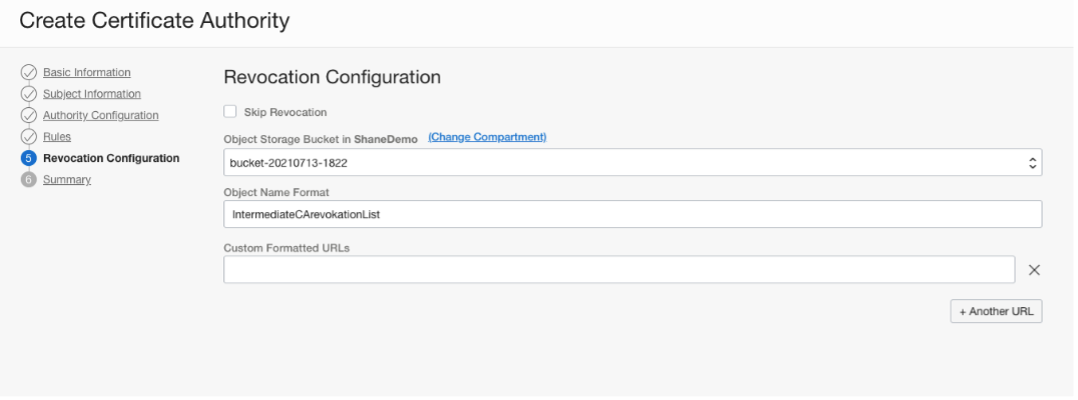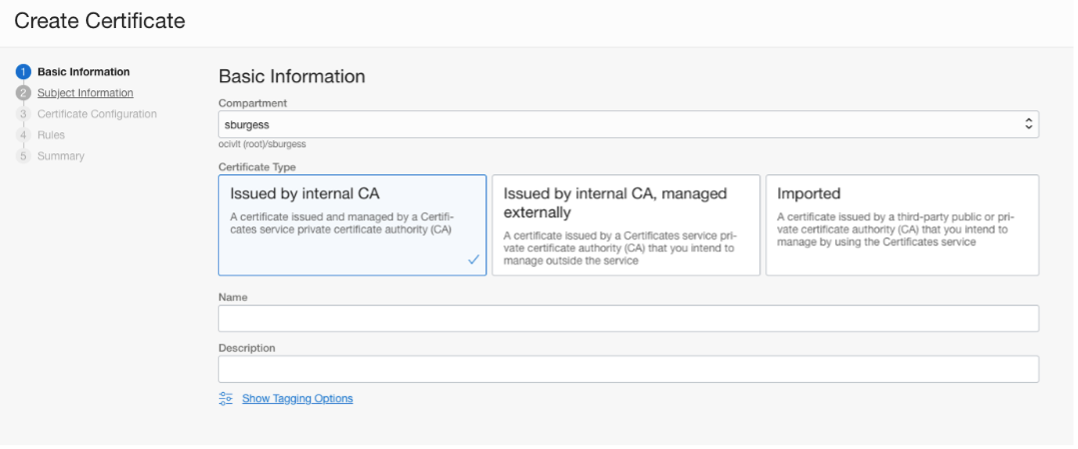Creating a more Secure Connection through Automation - Course Monster Blog

Automation, Automation, Automation Secure Transport Layer Security (TLS) connections, such as those used by an e-commerce website, require this. An expired certificate is one of the most common causes of TLS connection failure. To avoid your application being interrupted, automating the renewal and distribution of certificates is a great practice. Oracle Cloud Infrastructure Certificates (OCI Certificates) is a new cloud X.509 certificate service meant to aid with certificate administration for TLS connections. Create private Certificate Authority (CA) hierarchies and TLS certificates with the OCI Certificates service. Simultaneously, OCI Certificates allow you to construct as many CA branches as you need, up to 10 layers deep.
This will not only provide you with a 30-day buffer in case of an issue, but it will also limit the attack vectors available if your private key is ever compromised. You must revoke the certificate if your private key is compromised, which will put the certificate on the Certificate Revocation List. When a client downloads a certificate, it consults the CRL to see whether the certificate is still valid. The CRL, on the other hand, has several drawbacks. Shortening the validity periods of your certificates will not fix the problem, but it will help to shorten the time of your vulnerability if you are ever hacked.
OCI Certificates need the usage of a Hardware Security Module key to construct a CA; you can get up to 20 HSM keys for free with OCI Vault. All subordinate CAs and certificates must be revoked and replaced if your CA’s private key is compromised. OCI Certificates overcome this by storing the private key in a single location, the HSM, and restricting access to it. Use different HSM keys for each CAs. This benefit is lost if you use the same key for several CAs.
The CRL list may be managed automatically by CAs generated under OCI Certificates. When you create an OCI object bucket, the list is automatically generated. When a certificate or CA is revoked, it is added to the CRL immediately.
Managing your Certificates
With the new OCI Certificates service, you can manage your certificates in three ways. Internal CA issues the first approach, which is a completely automated path. Your private CA generates the certificate and seamlessly deploys it to linked services like OCI Load Balancers. Your certificates are watched and automatically renewed and deployed in this way.

If you have a policy that requires the private key to be stored on-premises, the second approach is issued by an internal CA and controlled externally. If this is the case, you can generate a Certificate Signing Request (CSR) and upload it to the certificate service, which will allow your CA to generate the certificate.
Finally, if your certificates are from a certain vendor, utilize imported certificates. Similar to the managed external technique, after the certificate has been submitted, it will be automatically deployed to the load balancer, and you will be notified when the certificate needs to be renewed.
OCI Certificates may save up to 10 different copies of your certificates. The stage column in the versions field can quickly reveal which certificate is currently in use. The current stage of the active certificate will be the current stage. Versions from the past will be at the previous stage. If you manually renewed the certificate but did not have it automatically deployed to a resource, the certificate will be in the pending stage.

Associations are another tool that can help you keep track of which certificate is installed on which OCI resource. The certificate’s associations show you which resources are utilizing it. Furthermore, you will not be able to remove the certificate as long as an association exists for it. This reduces the risk of human mistakes while maintaining certificates.
In addition to the console, there is a strong API for automating use cases. You may either automate the procedure for non-integrated services or download the certificate for on-premise use. You can upload your certificates and assign them to your resources if you use a third-party management provider. OCI Certificates allows you the ability to handle your CAs and certificates in the cloud, regardless of your use case.
Three Cloud Guard detectors will be included with OCI Certificates. Notifications will appear in Cloud Guard if a CA is destroyed or revoked. A Cloud Guard notice will also be triggered whenever a CA bundle is modified, allowing you to double-check that your cloud resources’ chain of trust is valid. In the future, more Cloud Guard detectors will be connected with Certificates.
Conclusion
OCI Certificates has simplified a long and sometimes perplexing process of generating CAs and certificates. You may establish your CA hierarchy, produce certificates, and deploy them automatically to integrated resources like the load balancer in only a few minutes. You won’t have to worry about disruptions caused by expired certificates if you use automated renewals. Shorter validity periods also assist to decrease exposure in the event of a breach. OCI Certificates is a completely free service that you may start using right now.
Here at CourseMonster, we know how hard it may be to find the right time and funds for training. We provide effective training programs that enable you to select the training option that best meets the demands of your company.
For more information, please get in touch with one of our course advisers today or contact us at training@coursemonster.com




Comments ()